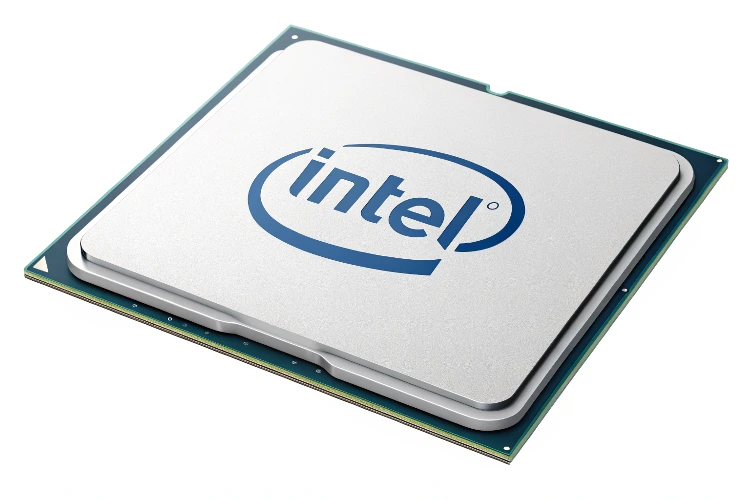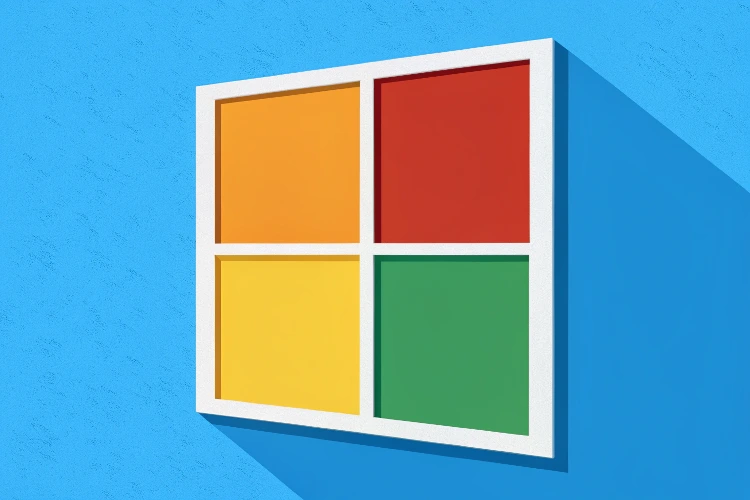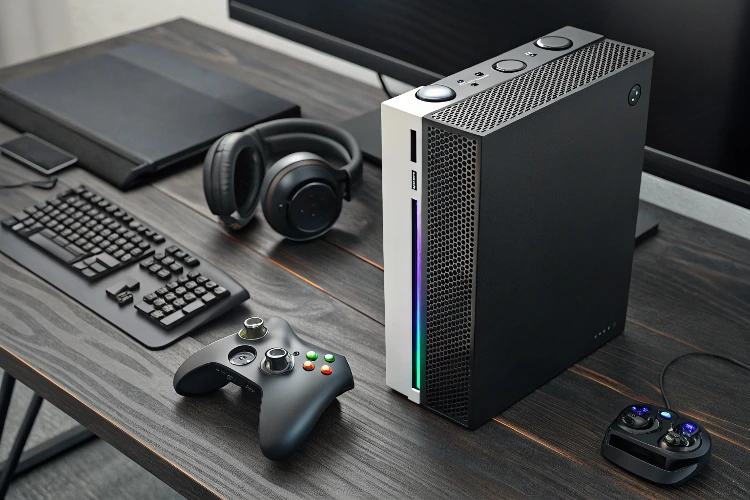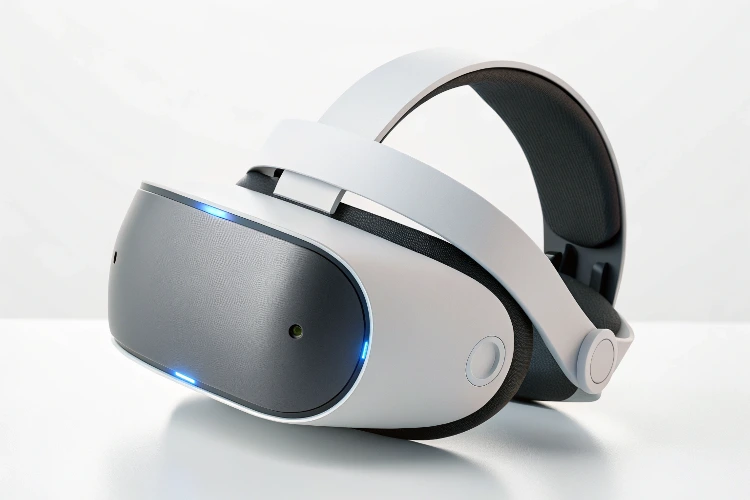Intel Launches Lunar Lake Chips for Ultralight Laptops
Intel Launches Lunar Lake Chips for Ultralight Laptops In a major leap toward performance efficiency and AI-native computing, Intel has officially launched its Lunar Lake chip lineup, targeting the next generation of ultralight laptops. Unveiled at the company’s Innovation Summit, the Lunar Lake architecture is purpose-built for thin-and-light form factors, delivering a dramatic boost in battery life, AI acceleration, and integrated graphics performance. Built for the AI-Powered Mobile Era At the core of Lunar Lake is a radically redesigned system-on-chip (SoC) that integrates CPU, GPU, and a high-performance Neural Processing Unit (NPU) on a single die. This new design enables power-conscious AI workloads and multitasking without compromising performance, making it ideal for ultrabooks, premium 2-in-1s, and next-gen mobile PCs. Intel claims Lunar Lake offers: Up to 40% better power efficiency compared to Meteor Lake A next-gen Xe2 GPU with enhanced gaming and media capabilities A powerful NPU capable of over 45 TOPS for on-device AI tasks Built-in LPDDR5X memory (up to 32GB) for faster, more efficient data handling Redefining Performance-per-Watt The new Lion Cove P-cores and Skymont E-cores within Lunar Lake bring smarter task delegation, allowing the chip to dynamically shift workloads for optimal efficiency. Real-world use cases—like video calls, AI-assisted editing, and productivity workflows—now consume less power while delivering higher responsiveness. Early benchmarks show improved performance across AI-enhanced features like: Real-time translation Background blur and noise suppression On-device Copilot (Microsoft AI assistant) integration Generative AI modeling in creative software A Leap in Integrated Graphics and AI Responsiveness The Xe2 GPU embedded in Lunar Lake is based on Intel’s Arc graphics architecture and supports DirectX 12 Ultimate, AV1 decode/encode, and up to 3 external 4K displays—bringing workstation-level visuals to ultrathin laptops. Combined with a next-gen AI engine, the platform enables local inferencing without cloud dependency. This is critical for offline security, real-time enhancements, and reducing latency in AI-enhanced applications. Strategic Partnerships and Market Availability Intel has confirmed that major OEMs including Dell, HP, ASUS, and Lenovo will begin shipping Lunar Lake-powered devices starting Q4 2025, targeting premium ultraportable segments. Microsoft has also announced deep integration with Windows 12, optimizing for the AI-native capabilities of Lunar Lake—specifically around modular desktop layouts, Copilot experiences, and energy-aware task scheduling. Competing in the AI PC Race Lunar Lake arrives as part of Intel’s broader effort to reclaim dominance in the AI PC market, as Apple’s M-series and Qualcomm’s Snapdragon X Elite continue to set high bars for performance-per-watt. With Lunar Lake, Intel is staking a claim in the future of mobile computing where AI, battery life, and thin design converge.










